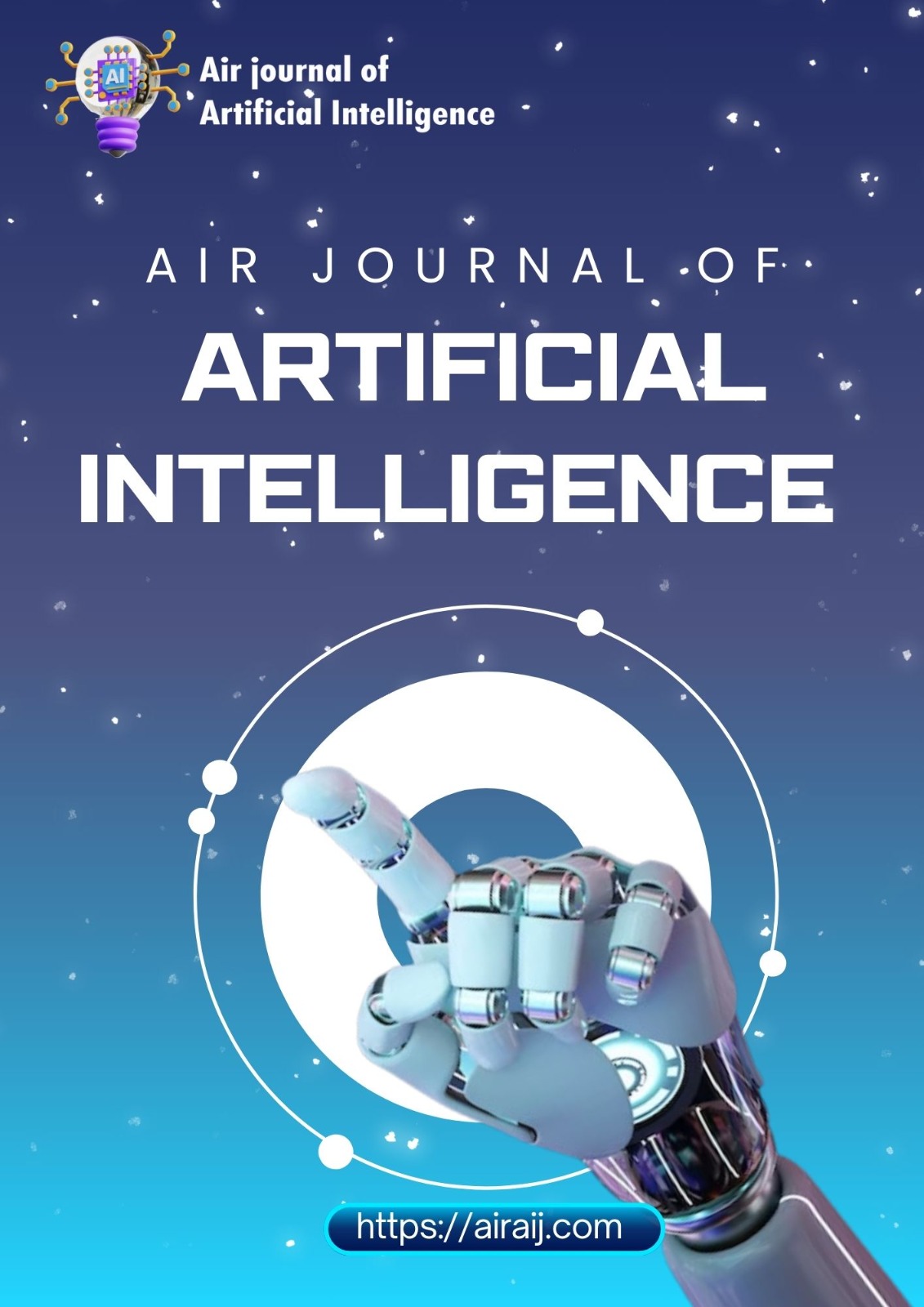LEVERAGING AI FOR ANOMALY DETECTION IN ELECTRICAL SYSTEMS AND NETWORKS TO PROTECT CRITICAL INFRASTRUCTURE FROM CYBERATTACKS
Keywords:
Artificial Intelligence (AI), Machine Learning (ML), Cybersecurity, Critical Infrastructure, Threat Prediction, Anomaly Detection, Explainable AI (XAI), Industrial Control Systems (ICS), Real-Time Threat Mitigation, Adversarial AttacksAbstract
As reliance on critical infrastructure grows, so does its vulnerability to sophisticated cyber-attacks that traditional security measures struggle to counter. This paper explores how Artificial Intelligence (AI) and Machine Learning (ML) enhance threat forecasting and mitigation in these systems. AI/ML excel in real-time processing of large datasets, detecting patterns indicative of cyber threats. The study investigates advanced AI techniques—supervised, unsupervised, and reinforcement learning—for intrusion detection, vulnerability assessment, and threat prediction. Key challenges such as adversarial attacks, privacy issues, and data quality are analyzed. Explainable AI (XAI) is highlighted as essential for transparency and trustworthiness in deploying ML-based security solutions in critical infrastructure. The integration of AI-driven threat intelligence with existing cyber frameworks supports real-time threat mitigation and adaptive response strategies. AI-powered Industrial Control Systems (ICS) demonstrate reduced downtime, financial losses, and infrastructure failures. Findings confirm that AI and ML foster proactive cybersecurity, improving resilience against cyber threats. The paper concludes with recommendations for future research on robust AI defenses, standardized data protocols, and interdisciplinary collaboration among AI experts, cybersecurity professionals, and infrastructure managers, aiming to safeguard vital services and maintain operational stability.

